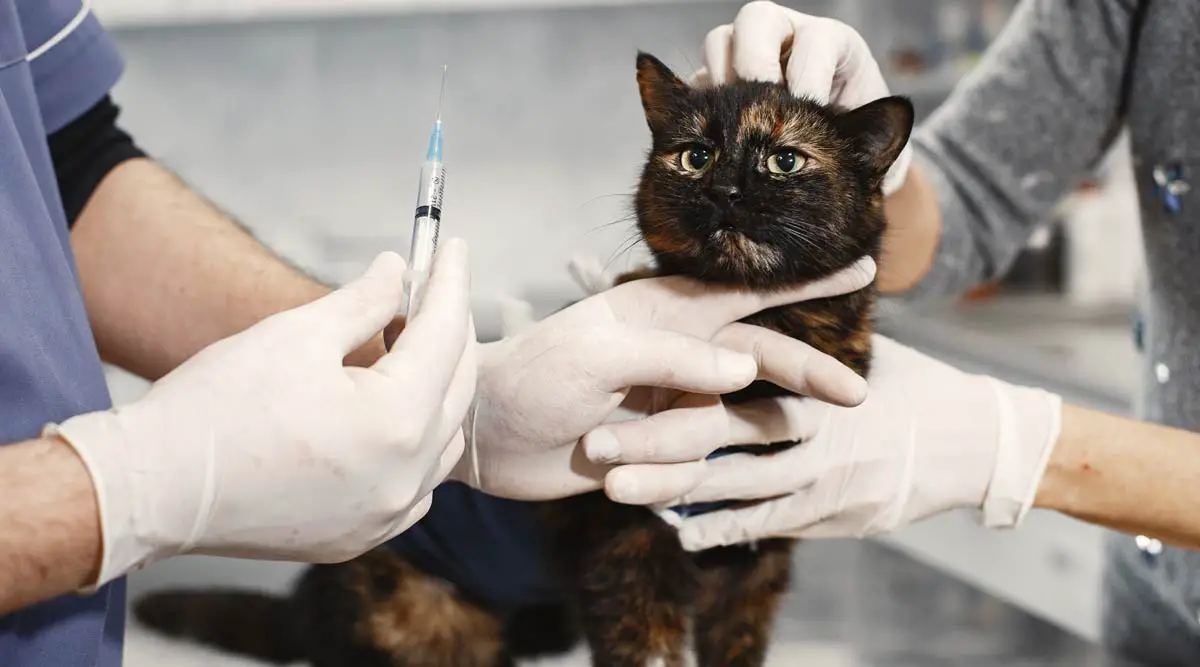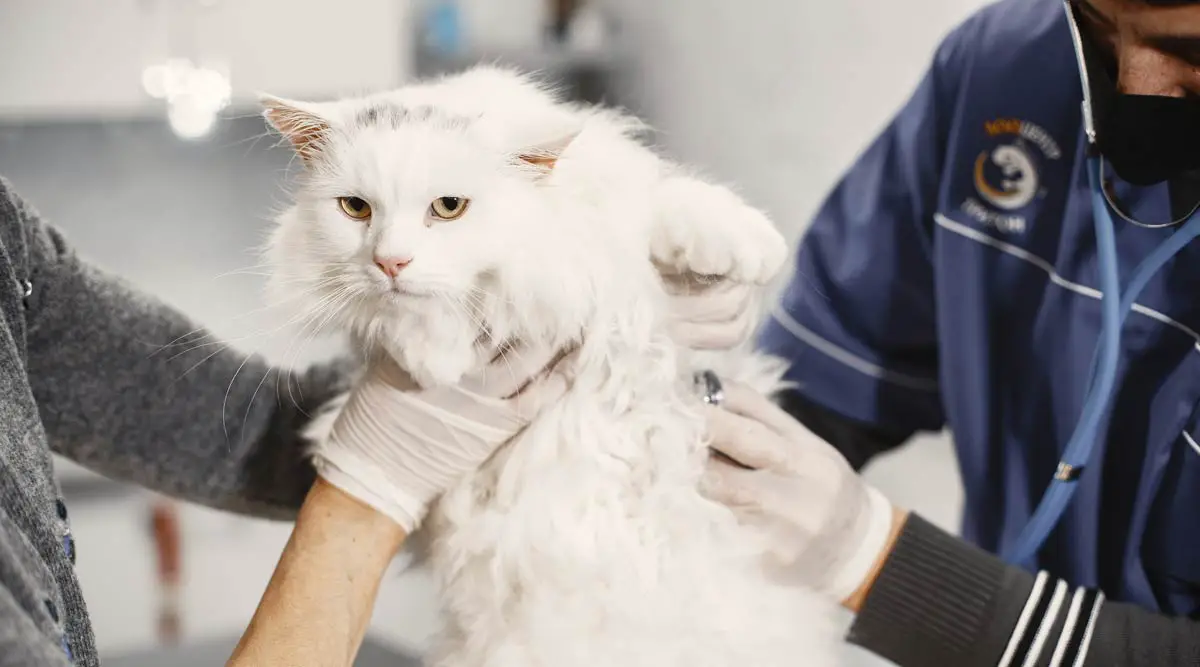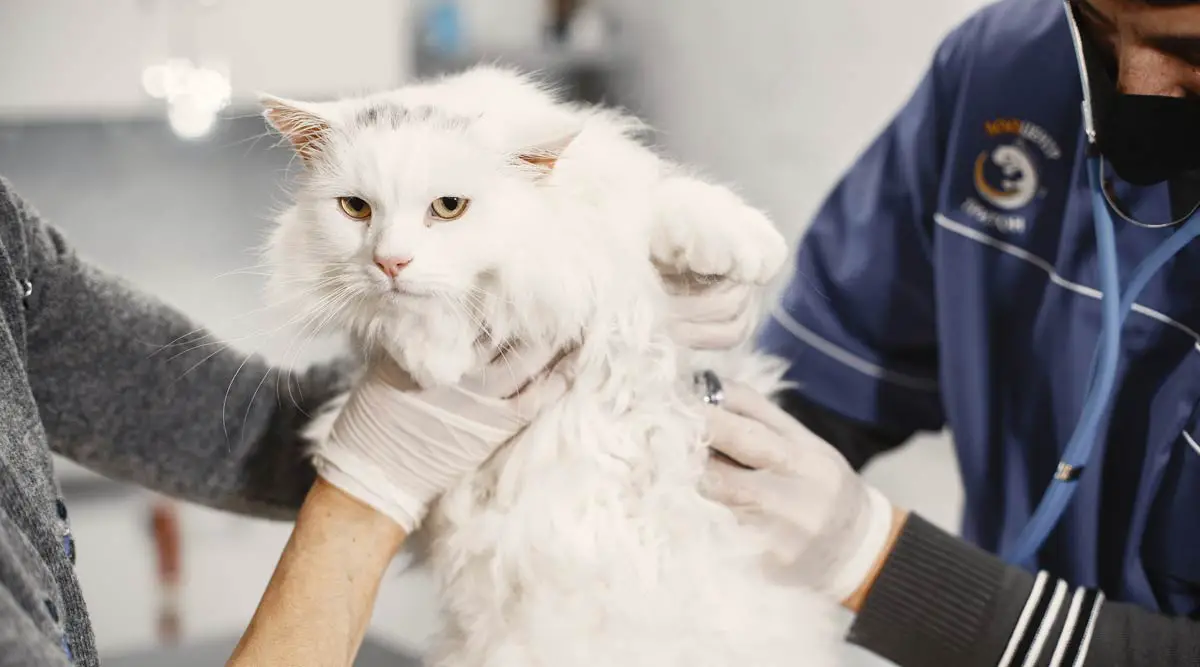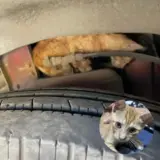Regular veterinary care is an essential part of maintaining health and preventing potential health issues.
In this article, we’ll cover everything you need to know about taking your cat or kitten to the vet, including why it’s necessary, how often to go, and tips for the first vet visit.
Why does your cat or kitten need to visit the vet?
- Preventative Care
Regular visits to the vet can help catch potential health issues early on, which can prevent more serious health problems down the road. - Vaccinations
Vaccinations are an important part of preventative care, and regular vet visits are necessary to ensure your cat or kitten is up to date on all necessary vaccines. - Parasite Control
Parasites like fleas, ticks, and worms can cause serious health issues for your cat or kitten. Regular vet visits can help ensure that your cat is protected against these pesky parasites. - Dental Care
Just like humans, cats and kittens can develop dental problems like gingivitis and tooth decay. Regular vet visits can help catch these issues early on and prevent more serious dental problems. - Aging Issues
As your cat or kitten ages, they may develop health issues like arthritis, kidney disease, or cancer. Regular vet visits can help detect these issues early and provide appropriate treatment.
Regular vet visits are essential for maintaining your cat or kitten’s overall health and well-being.

How often should take your cat to the vet?
1. For Kitten
Kittens require more frequent vet visits than adult cats, as they go through rapid growth and development during their first year of life.
First Visit: Kittens should visit a vet for the first time when they are around 6-8 weeks old. At this visit, the vet will do a thorough physical exam, check for any health issues, and provide you with important information on how to care for them.
Vaccinations: Kittens are recommended to have 3-4 rounds of vaccines for FVRCP (Feline Viral Rhinotracheitis Calicivirus Panleukopenia, sometimes called feline distemper), 2 rounds of the FeLV vaccine (feline leukemia virus), and a rabies vaccine. The American Association of Feline Practitioners deems these three vaccines as core vaccines regardless of the cat.
2. For young adult cats
Young adult cats, generally between the ages of 1 to 6 years old, should visit the vet at least once a year for a general wellness exam.
This exam will include a physical examination, checking their weight and body condition, and screening for any health issues that may have arisen.
In addition to the annual wellness exam, it’s important to keep your young adult cat up to date on their vaccinations, parasite prevention, and dental care. Your vet may recommend a specific schedule for these preventative measures based on your cat’s individual health needs.
3. For Mature Adult Cats
Cats that are 7 to 10 years old, these cats should still see a vet at a minimum of an annual basis, but some veterinarians may recommend twice-a-year exams.
Getting your senior cats properly assessed by a veterinarian is crucial in order to detect age-related illnesses and diseases early.
It’s also important to monitor your mature adult cat’s behavior and daily habits, such as their eating and drinking habits, litter box use, and activity level. Any changes in these habits could indicate a health issue and should be brought to the attention of your vet.
4. For Senior Cats
Senior cats, generally those over 10 years old, should visit the vet at least twice a year for a general wellness exam.
As cats age, they become more susceptible to a variety of health problems such as diabetes, kidney disease, cancer, and arthritis. By scheduling regular visits with a veterinarian, potential health issues can be identified in a timely manner, and proper treatment can be administered accordingly.

5 tips for the first vet visit
By following these tips, you can make your cat or kitten’s first vet visit a positive and stress-free experience for both you and your cat or kitten:
- Stay calm
Cats can pick up on our emotions, so it’s important to stay calm and relaxed during the visit. This will help your cat or kitten feel more at ease. - Pick the right kind of cat carrier
Choose a carrier that is sturdy, secure, and easy to transport. Soft-sided carriers are often a good choice for cats because they are lightweight and can be easily stored. - Get your cat used to their carrier
Introduce your cat or kitten to its carrier several days before the visit. Leave the carrier out in a familiar spot in your home and encourage your cat or kitten to explore it and even nap inside. - Put your cat’s bedding in the carrier
Placing your cat’s favorite bedding or a familiar blanket in the carrier can help make them feel more comfortable during the visit. - Bring treats and toys
Bringing treats and toys can help keep your cat or kitten calm and distracted during the visit. This will help you keep them comfortable and relaxed.
Conclusion
Taking your cat or kitten to the vet is crucial for maintaining their health and preventing potential health issues.
By following the guidelines for the frequency of visits and preparing for the first visit, you can ensure your cat receives the best possible care.
Remember, your cat’s health is in your hands, so don’t hesitate to schedule that vet appointment today.











